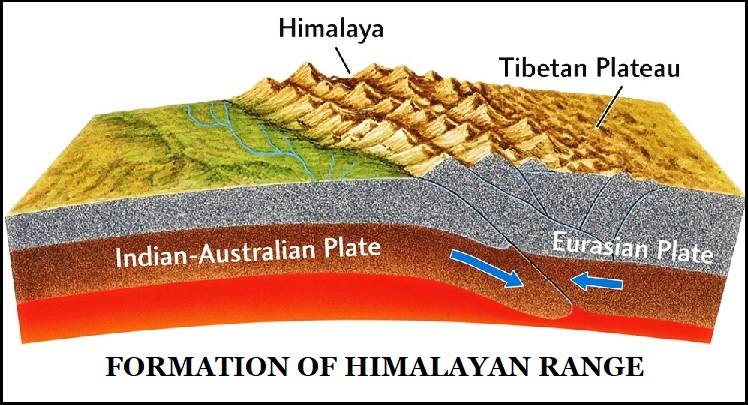7667766266
enquiry@shankarias.in
With the sinking of Joshimath town, there is a considerable amount of research on the vulnerabilities of Himalayan geology brought to the fore.

To know more about the Joshimath Crisis, click here
Reference